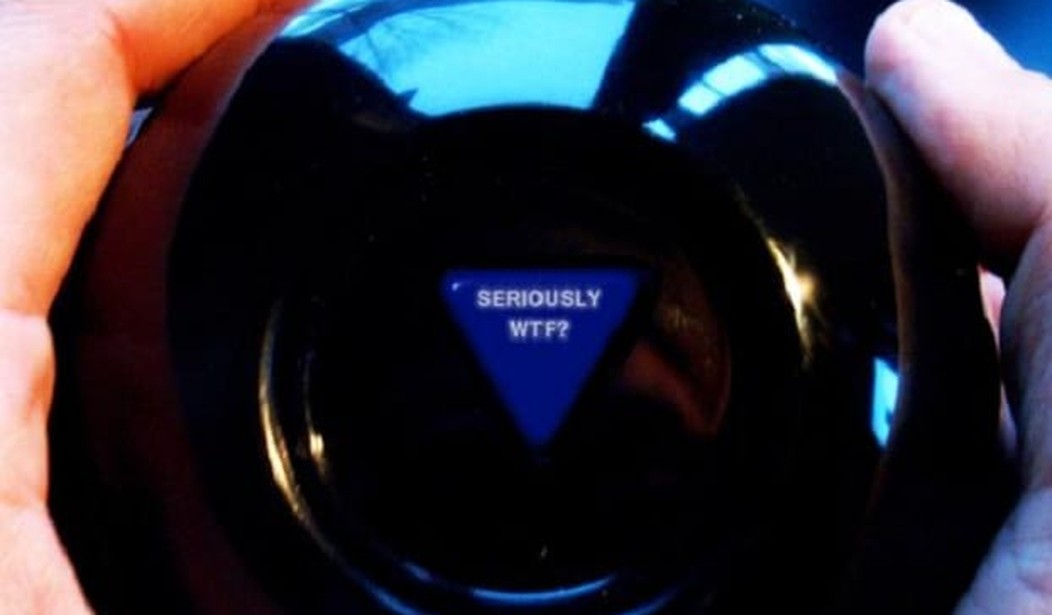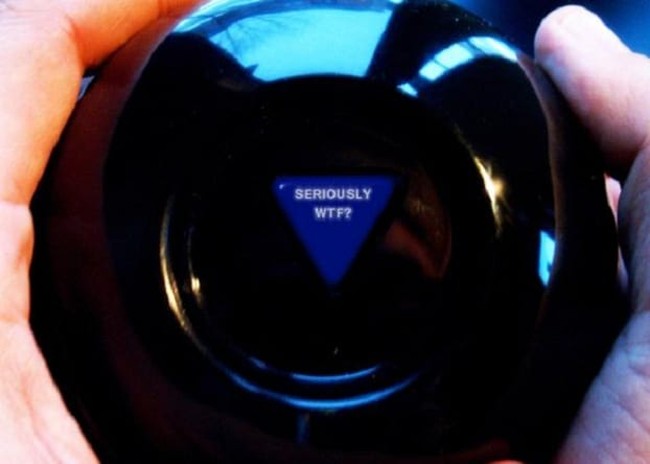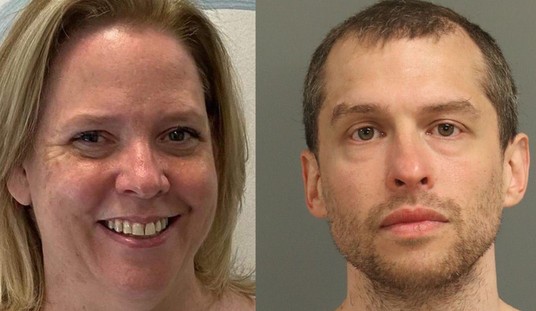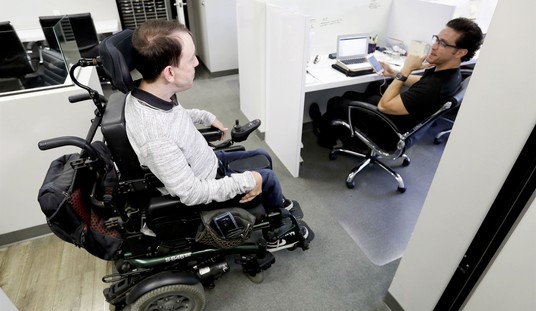The most interesting feature of smart people who specialize in a narrow field is that they can say some of the most blindingly stupid things imaginable and lack the self-awareness to realize just how silly they sound. Today we will discuss Carl Bialik of FiveThirtyEight.com.
Bialik used to grace the pages of the Wall Street Journal as “The Numbers Guy” and now writes for Nate Silver’s ESPN.com franchise. I’ve worked with Bialik on several occasions in my professional life and always enjoyed the interactions and held him in high regard despite the fact that his Wikipedia bio lists soft shoe tap dancing as something he’s passionate about.
On Sunday, the Russians created the figleaf of legitimacy for their annexation of Ukrainian Crimea by conducting a referendum on the subject. When the last chad was pulled and the last undervote allocated, some 96% of all voters agreed with Vladimir Putin and some 40,000 Russian troops that is was better for Crimea to belong to someone who could better use it. The results were not as good as those managed by Saddam Hussein or Kim Jong Un but were quite respectable.
The question Bialik wrestles with is the ever-present bugabear of pollsters: why did the results of the election differ so markedly from the final poll results?
Bialik first broke the story that the vote for Crimean independence was about double that predicted in a recent poll. Ever diligent he looked for the answer in Many Signs Pointed to Crimea Independence Vote — But Polls Didn’t:
Most crucially, the referendum worded the question differently than Paniotto and most other pollsters would have — at least if they were seeking honest responses. Crimeans chose between two options, and neither was the status quo: One was to join Russia, and the other was to return to the constitution of 1992, which leaves it to Crimea’s legislature to decide whether to leave Ukraine. That body’s members already had indicated they wanted to do so before the vote, and declared Crimea’ independence from Ukraine after the vote. (Each ballot also led with the reunification option, which studies have shown can inflate vote totals.)
“The questions are very bad,” (Kiev International Institute of Sociology General Director Volodymyr) Paniotto said on Thursday, ahead of the vote. He has studied how wording has influenced Ukraine-wide referenda by swaying voters without strong opinions. He reckons one-third of voters in Crimea fit that description. “What question we ask,” he said, determines “what we receive.”
He followed up with another article on the discrepancy titled Another Explanation For Crimea Referendum Landslide:
I wrote earlier on Monday about the overwhelming vote by Crimeansto leave Ukraine and join Russia. The latest reputable polls in Crimea showed that just 40 percent of Crimeans wanted Ukraine to integrate with Russia, yet 97 percent of Crimeans on Sunday voted to reunite with Russia. I offered several possible explanations for the discrepancy, including the ballot question wording, the presence of thousands of Russian troops in Crimea and the possibility that some voters wanted only Crimea, and not the rest of Ukraine, to join Russia.
In the comments of my post, several readers offered an additional explanation I didn’t include: The last polls preceded the overthrow of Ukraine’s pro-Russia government and its replacement by a government friendlier to the European Union than to the Kremlin. The Kiev International Institute of Sociology poll – which found about 40 percent of Crimeans backed unification — was conducted from Feb. 8-18. President Viktor Yanukovych, who favored closer ties with Moscow and received 78 percent of the Crimean vote in 2010, fled the country three days after the poll ended and was voted out of office by Ukraine’s parliament on Feb. 22.
The first step in polling is to make sure that the audience you are polling somewhat resembles the audience that should show up to vote. McClatchy, in an article ironically titled Questions surround Crimea referendum, where turnout in Sevastapol was reported at 123 percent provides some insight.
Officially, the joining-Russia option on the ballot attracted a healthy 97 percent support from the 83 percent of registered voters in Crimea who made it to the polls. The most repeated tidbit was the voter turnout in Sevastopol, long a pro-Russian bastion, where a reported 123 percent of registered voters are said to have cast ballots.
123% turnout. This is an outcome that would not have been produced by a Democrat ward healer in Philadelphia, Chicago, or Milwaukee… not because they lacked the desire but because they lacked the ambition and competence.
The Russian stooges in Crimea also adopted one of the Obama Administration’s policies and did not require voter verification:
Ukrainian news reports said that all one needed to vote was a passport, and it didn’t have to be a Ukrainian one. One reporter from Kiev showed his Russian passport and was handed a ballot and allowed to vote. This raised questions in Kiev if perhaps the Russian soldiers and Russian paramilitary occupying the area since late February had been allowed to cast votes.
There. Mystery solved. The discrepancy between the pre-referendum poll and actual vote was caused by a misleading poll question, rampant vote fraud, and 40,000 Russian troops. But mostly by rampant vote fraud and 40,000 Russian troops.















Join the conversation as a VIP Member